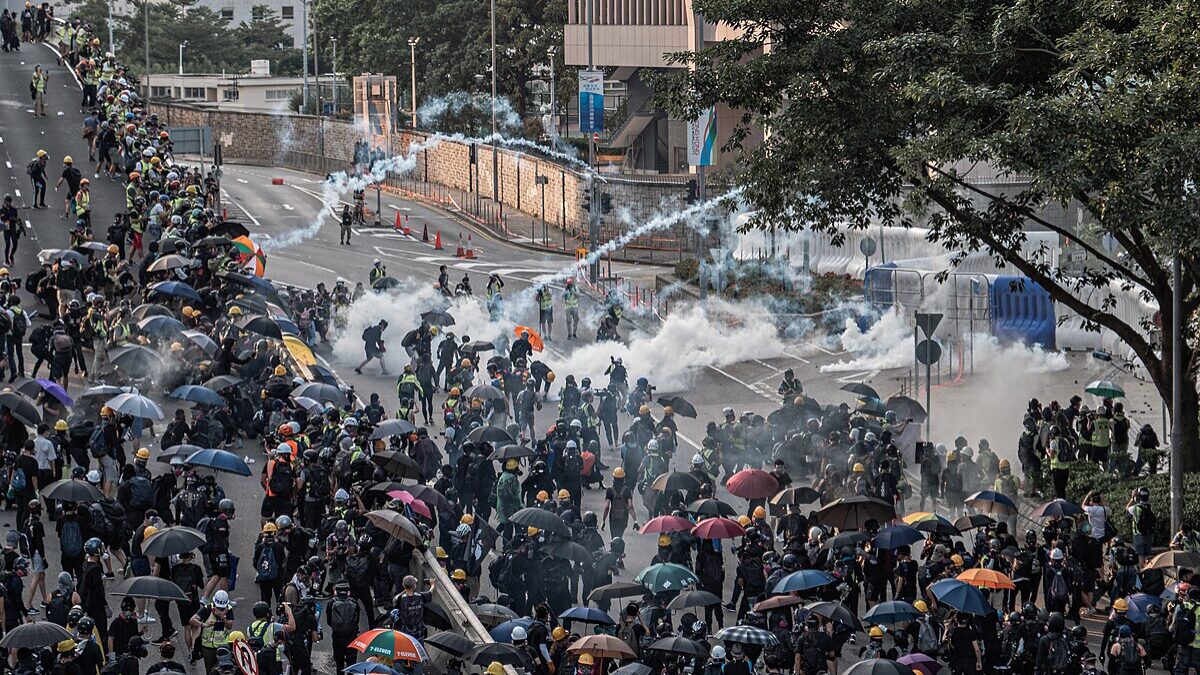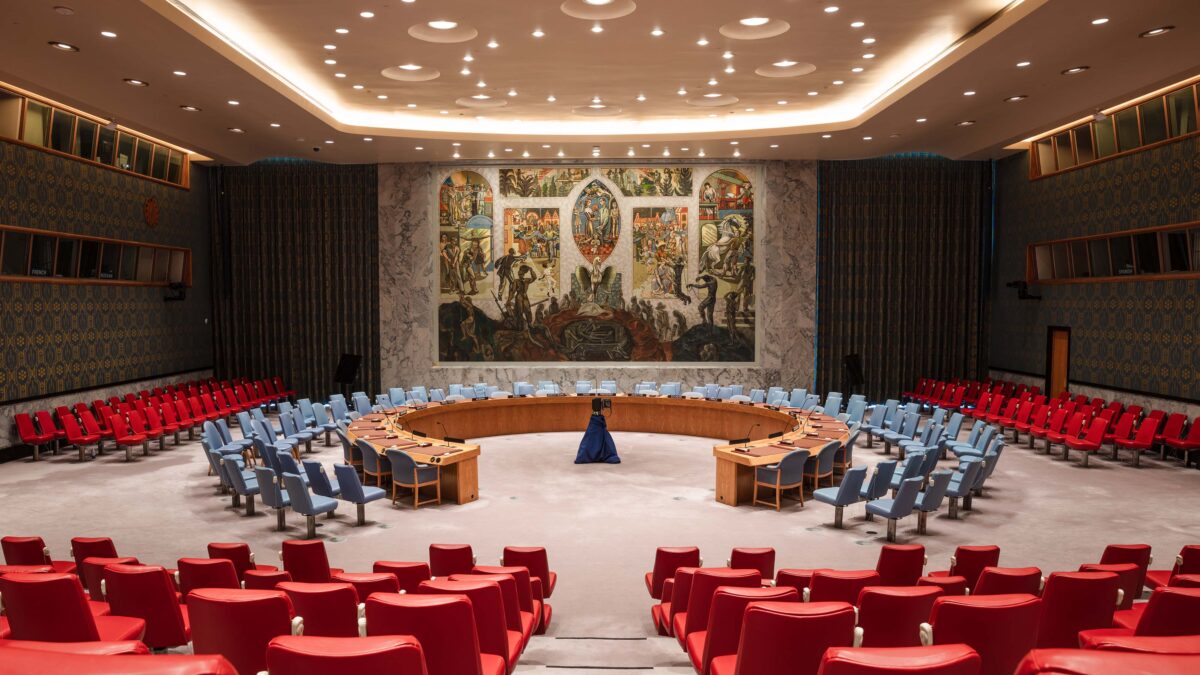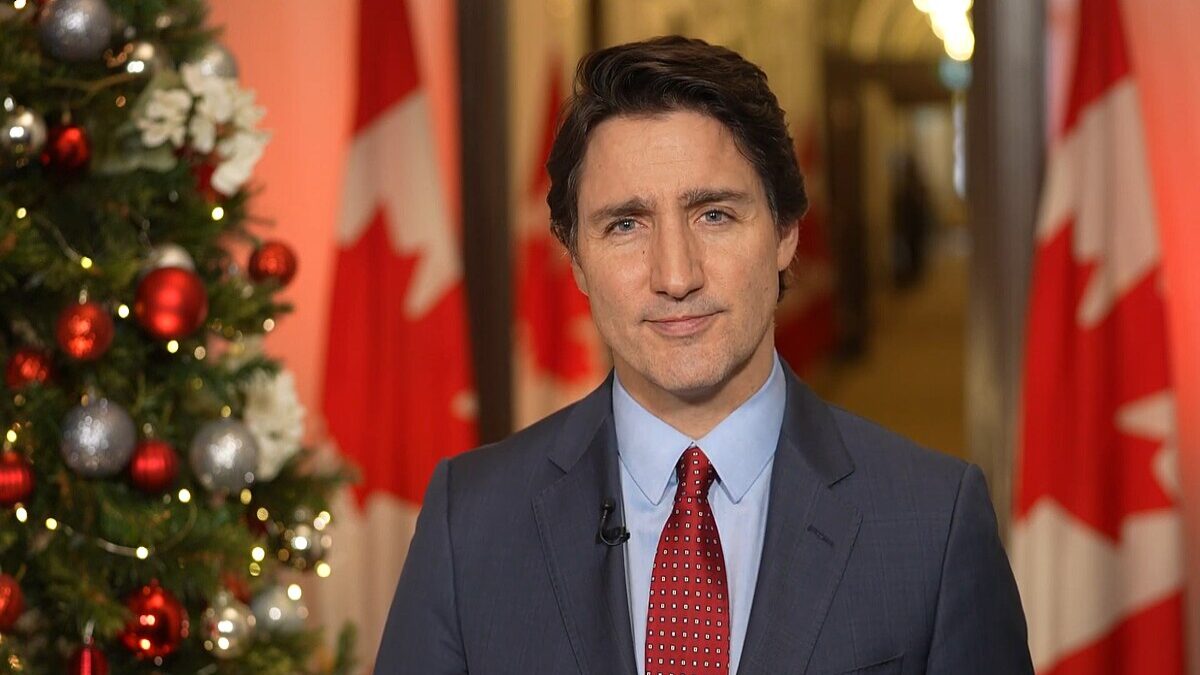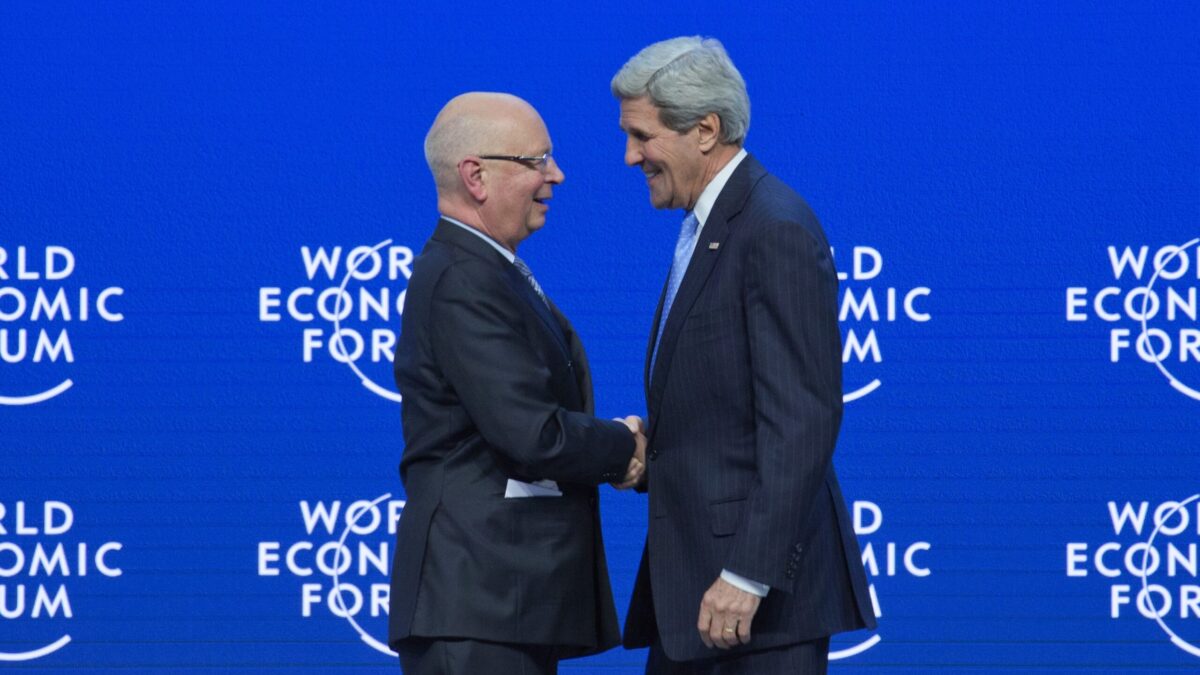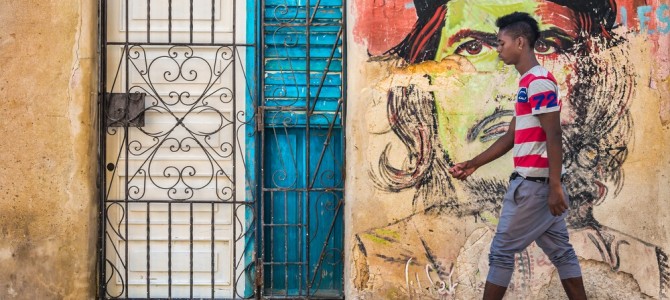
There is no doubt that Cuba is hot right now. Their embassy in Washington is re-opened, and the U.S. Department of State is displaying their flag. The Castro brothers continue to bask in the adoration of the Left. Raul made the rounds at the Summit of the Americas in Panama. He secured a meeting and photo op with President Obama. Lest Fidel feel left out, he was paid a visit by French President François Hollande. François noted that he was in the presence of a man who made history. At least François’ actual comment could generously be interpreted as ambiguous. Making history, in and of itself, is not always good.
The island is garnering good press, as well. Cigar Aficionado, GQ, and the Wall Street Journal have recently featured articles on visiting Cuba. “Music spilled from practically every window and doorway,” noted the WSJ writer. The full-color photos are indeed enticing. I did notice that all three periodicals contain an obligatory a picture of Che Guevara—more on Che later.
For Americans wishing to witness the excitement firsthand, travel to Cuba just got a nice upgrade. Carnival Cruises will start cruising to Cuba in 2016 as part of their Fathom brand of socially conscious voyages. Certainly, interaction between Cubans and Americans will be a good thing. But the question remains, when will Cubans wishing to travel to the United States have a cruise ship option? For how much longer will Cubans be forced to flee under the cover of darkness or on a vessel of questionable seaworthiness?
Life in Cuba During the Revolution
Given the current interest in Cuba, I thought some investigation was warranted. How better to learn about Cuba than from a Cuban? So I recently sat down for coffee with Cuba native Martin Rodriguez and his son, Dr. Adrian Rodriguez. Martin’s story, like that of many Cuban exiles, is compelling.
Martin’s first recollection of the unfolding of the revolution was the 1953 Moncada Barracks attack, the earliest incarnation of the revolution, when he was nine. But it was as a high-school student at Belen Jesuit Preparatory School, Fidel’s alma mater, that Martin was better able to observe and understand the revolution as it became active in 1957. Like many Cubans in the early days of the revolution, Martin did not yet see what was to come.
Soon after the 1959 exile of Cuban President Fulgencio Batista, about six months after Castro was fully in control, Martin’s friends from school began to leave Cuba. This was before the Bay of Pigs-induced mass exodus. Until this failure, many Cubans did not believe that the United States would tolerate a communist satellite 90 miles off its shore.
The situation in Cuba continued to deteriorate; Castro was seizing private property and bank accounts. It was time for Martin to leave. Martin had one thing going for him. His father, Nino, was a successful businessman and a Rotarian. Through Rotary International, Nino was friendly with a fellow Rotarian, who happened to be an executive at Pan American Airlines. In June of 1961, Martin and his sister had tickets to Miami—one way. Martin joined an aunt in the United States.
Five months later, Nino was arrested. He was a Batista supporter, and for that a price was to be paid. A five-minute perfunctory trial ensued. Given what he later learned, his three-year sentence was an easy pass. He spent time in three prisons during his sentence (frequent movement of prisoners was standard practice of the Castro regime). It was during his time at the infamous La Cabaña prison that Nino learned of Che’s firing squads. Che stood on the balcony, smoking cigars as he oversaw the firing squads, executing the enemies of the revolution.
Communism’s ‘Minority Report’ Regime
I was forced to ask a delicate question. Why did Nino receive a three-year sentence when so many received a bullet? Martin and Adrian were both clear on this question. A death sentence was handed out not for what someone did during the revolution, but rather what someone might do to the future of the revolution.
Nino’s release from prison was shortly before Castro opened Port Camarioca to Cuban exiles who wanted to retrieve their relatives in Cuba. This time, it was Martin’s turn to facilitate liberation. However, no Pam-Am flight was in store. Martin took advantage of the Camarioca to free his father and others. Martin learned the basics of seamanship enough to journey to Cuba and back, from the Central Intelligence Agency-backed Movement for Revolutionary Recovery.
Nino joined the rest of the family in the United States, eventually settling in Los Angeles, and became Benny. Benny was a factory worker, chrome-plating car parts. The Rodriguez family story ends like that of so many Cuban exiles: with a new life. His dream of returning to Cuba never left Benny.
Martin started life in United States with a series of odd jobs—hotels, restaurants, a sugar-cane plantation and the like. He eventually enrolled at a community college, married, and started a family. At this point, Martin knew he would never return. His son, Adrian, was an American, and the family would gain nothing by leaving the United States.
What Cuba Says about America
Our conversation turned to contemporary topics. Understandably, Martin is an engaged observer of political events. Having had his freedom seized and life turned upside-down once, Martin recognizes subtle signs of oppression in America. The greatest threats to our freedom that he sees are the gradual, continual erosion of private property rights and the rise of the bureaucratic state that is so intentionally complicated and confusing that nobody can comply. Referring to me and Adrian as physicians, Martin noted, “You guy have no hope of complying with the rules.”
We talked about the U.S. Constitution, and how he sees it being ignored. A government ignoring its constitution is the same old story for Martin. Martin’s knowledge of the Constitution is admirable and extensive. Democracy fails when politicians are not held to the standards of a constitution that protects individuals.
Take, for example, Venezuela (although many countries fit the same bill in Martin’s view), where a democratically elected leftist, socialist, Marxist or progressive government systematically impoverishes the citizenry and restricts their rights. Martin has seen this pattern over and over again. It happens without fail.
As for 2016, Martin likes Sen.Ted Cruz. While the Cuban connection probably does not hurt, it is Martin’s view that Cruz exhibits a fidelity to the Constitution that has earned his support.
What do Adrian and Martin see resulting from liberated Cuba-U.S. relations? Not much, in the short term. The cash infusion will help prop up the Castro regime. For most Cubans, not much will change. But the Castros will not live forever, and perhaps a better future for the island is in store. If it’s a future of individual liberties and prosperity, then the Wall Street Journal will have something real to report.


